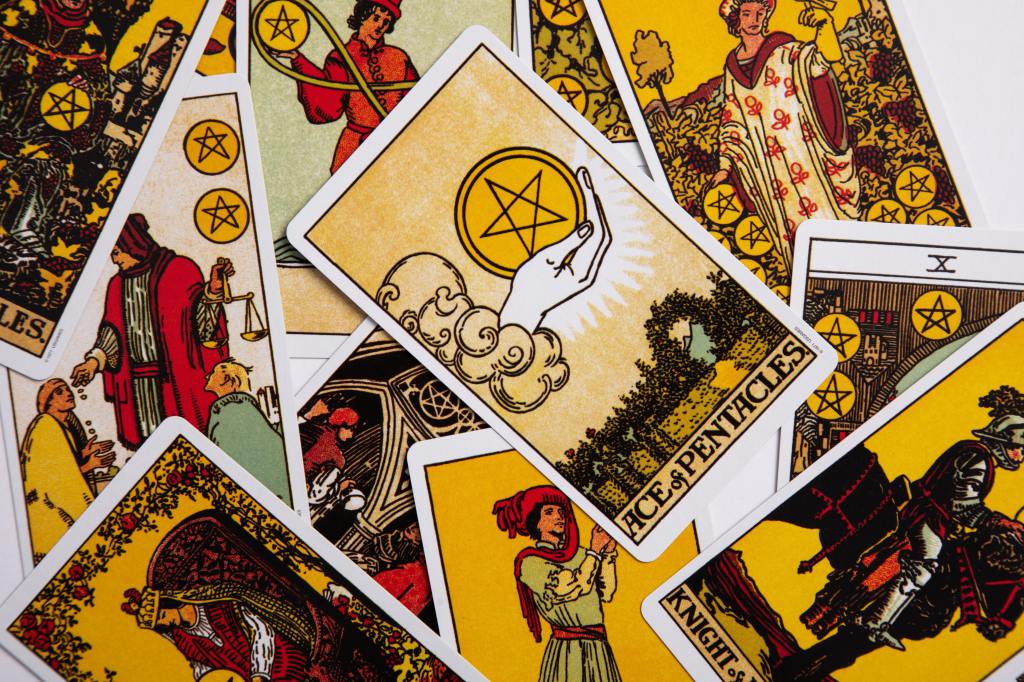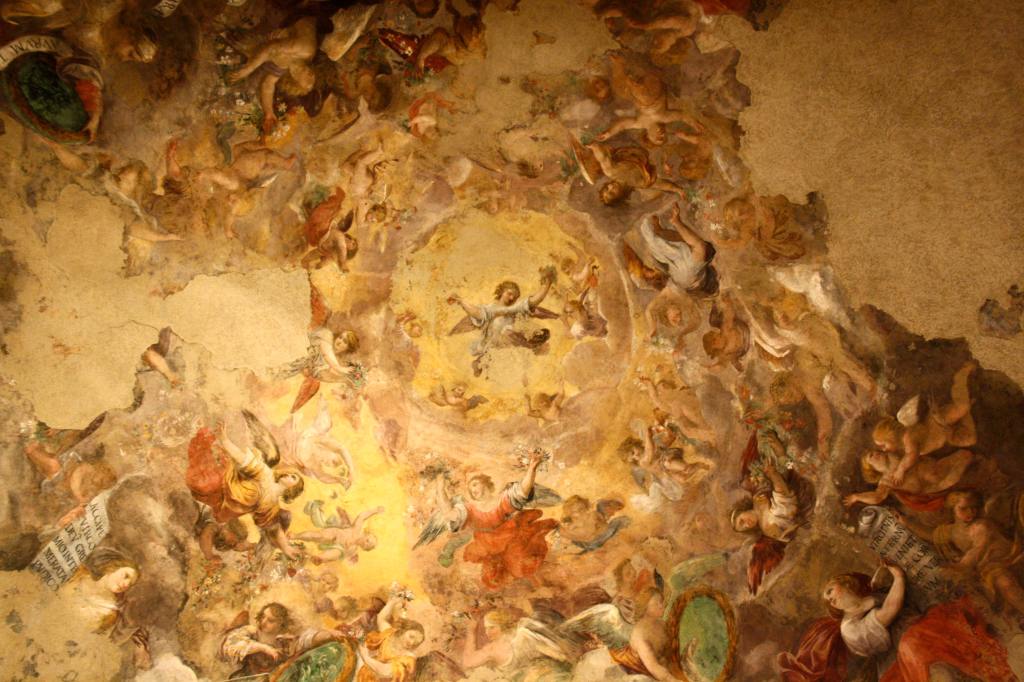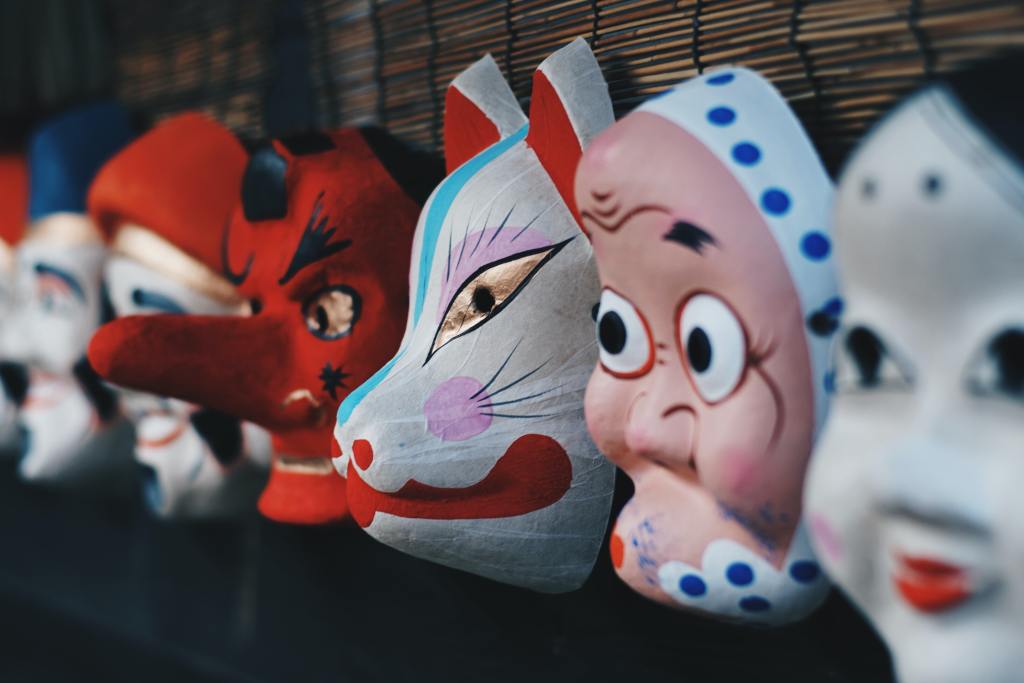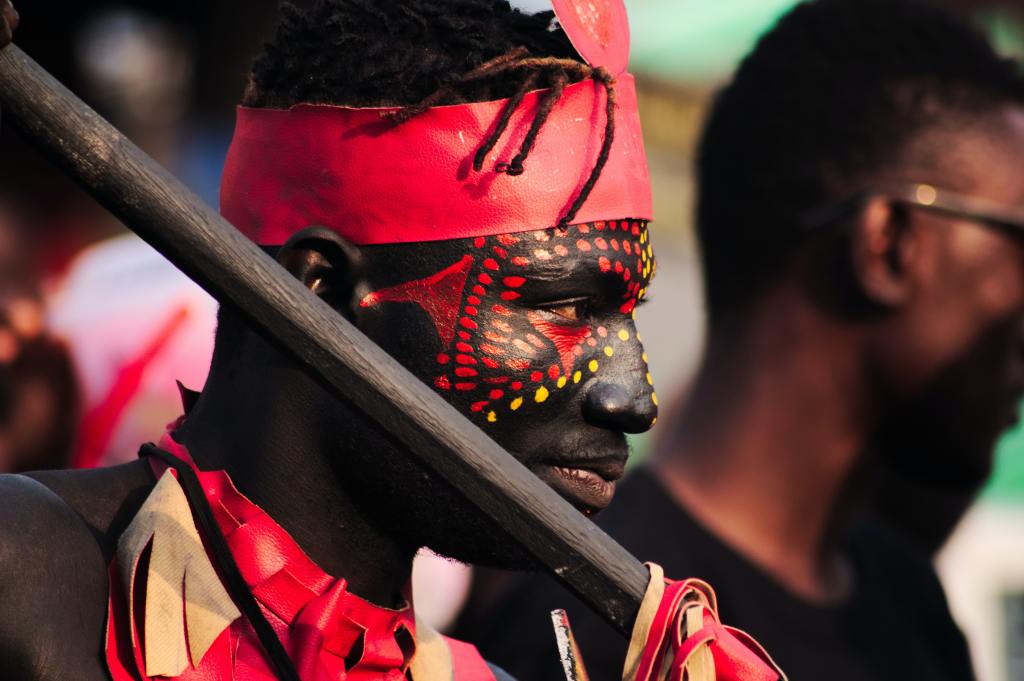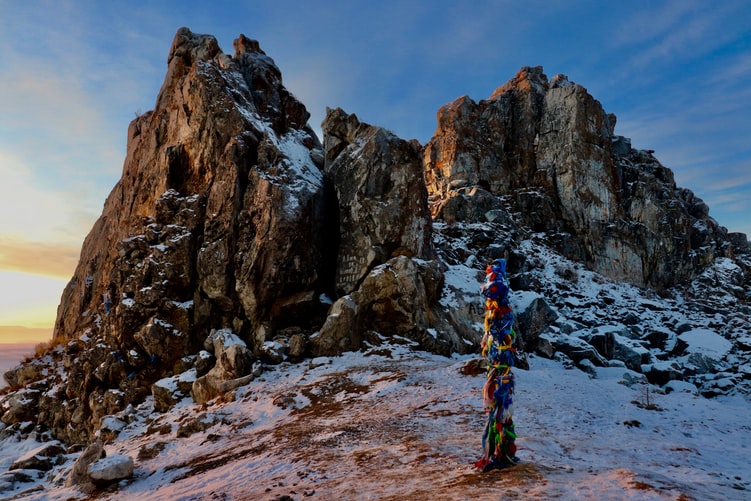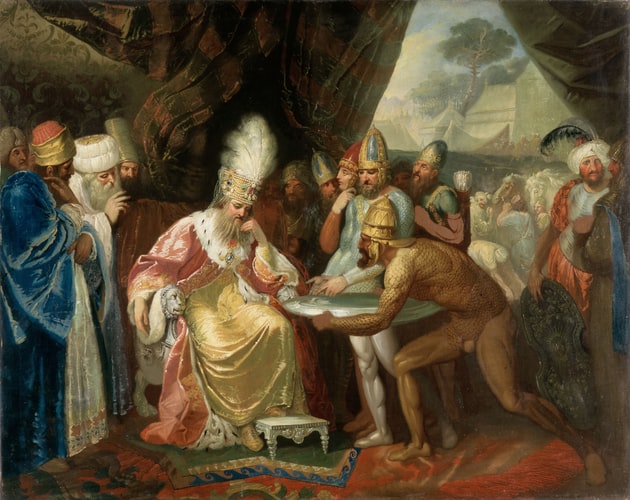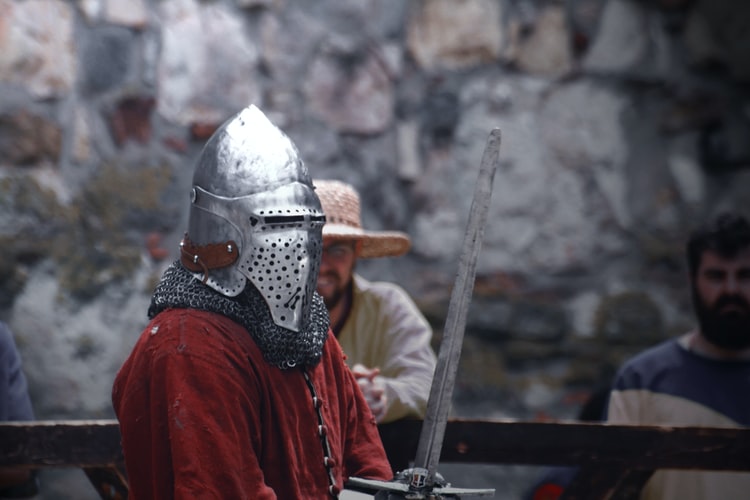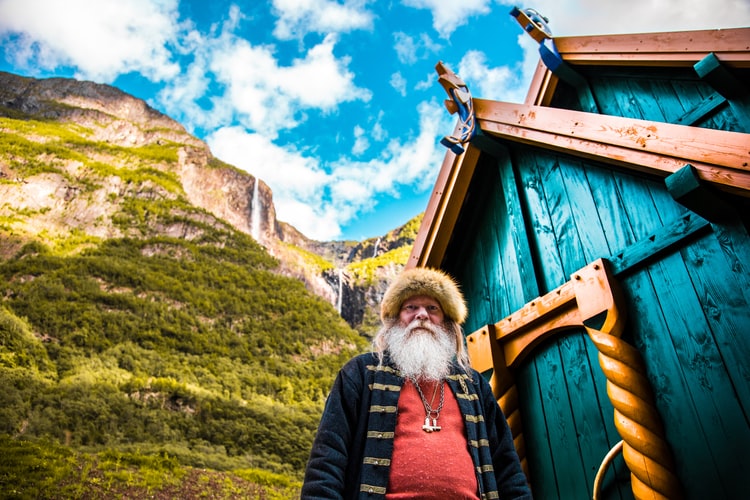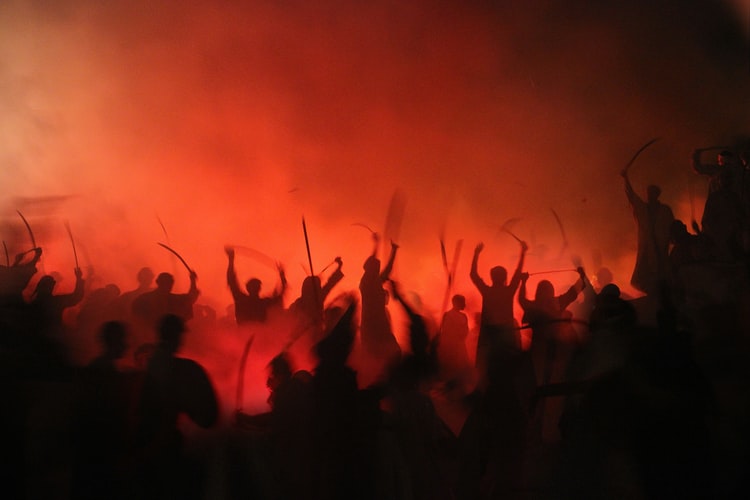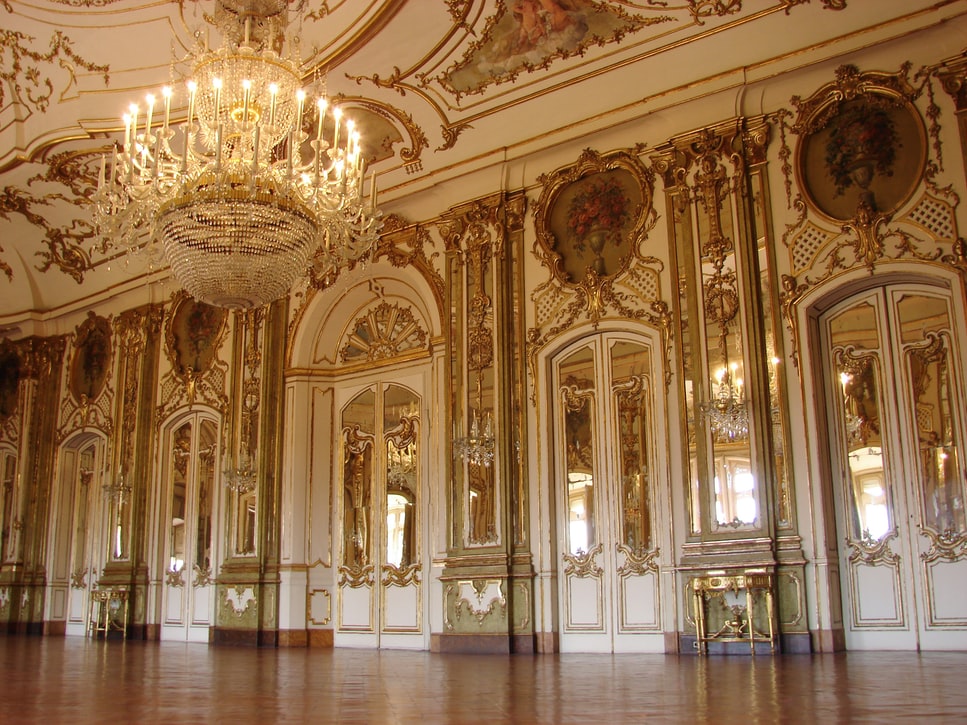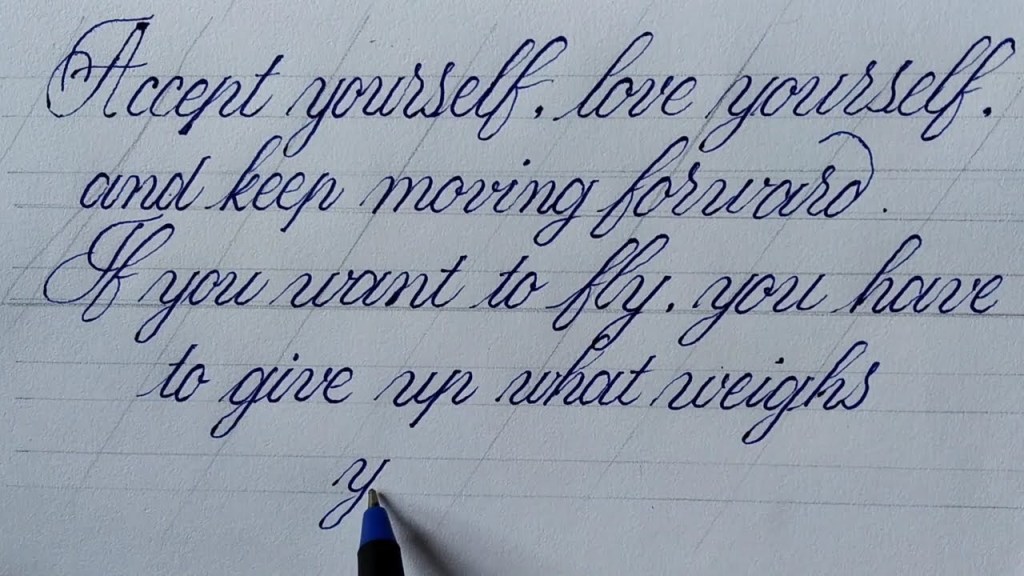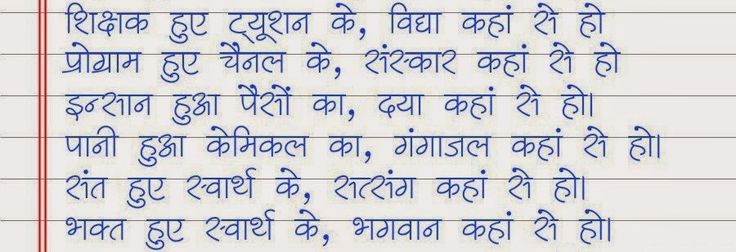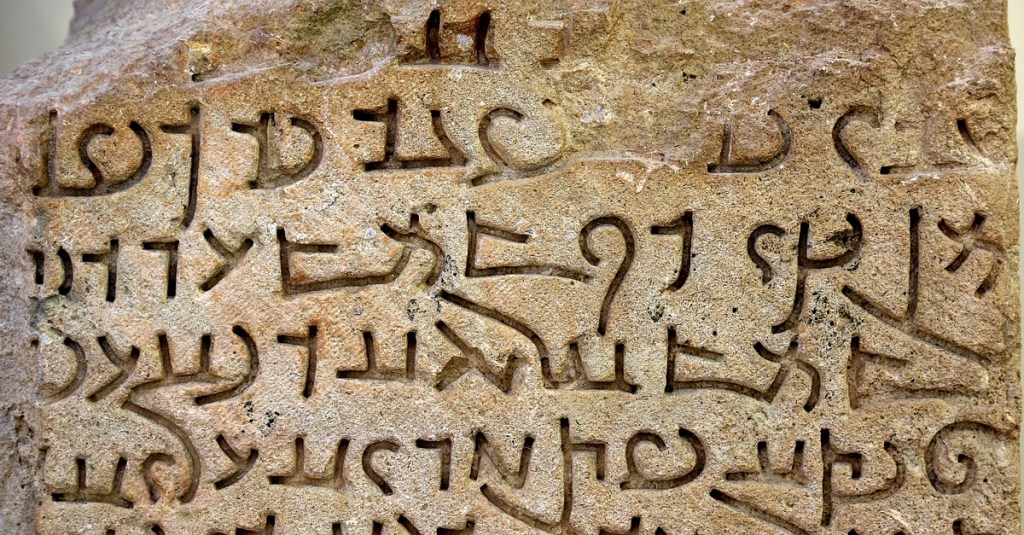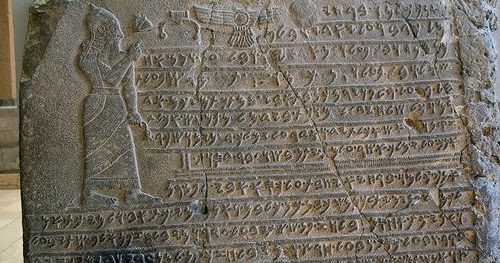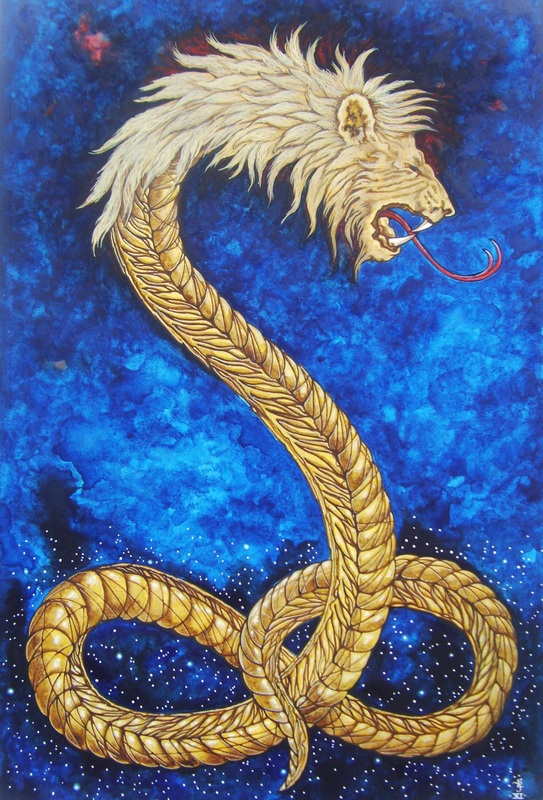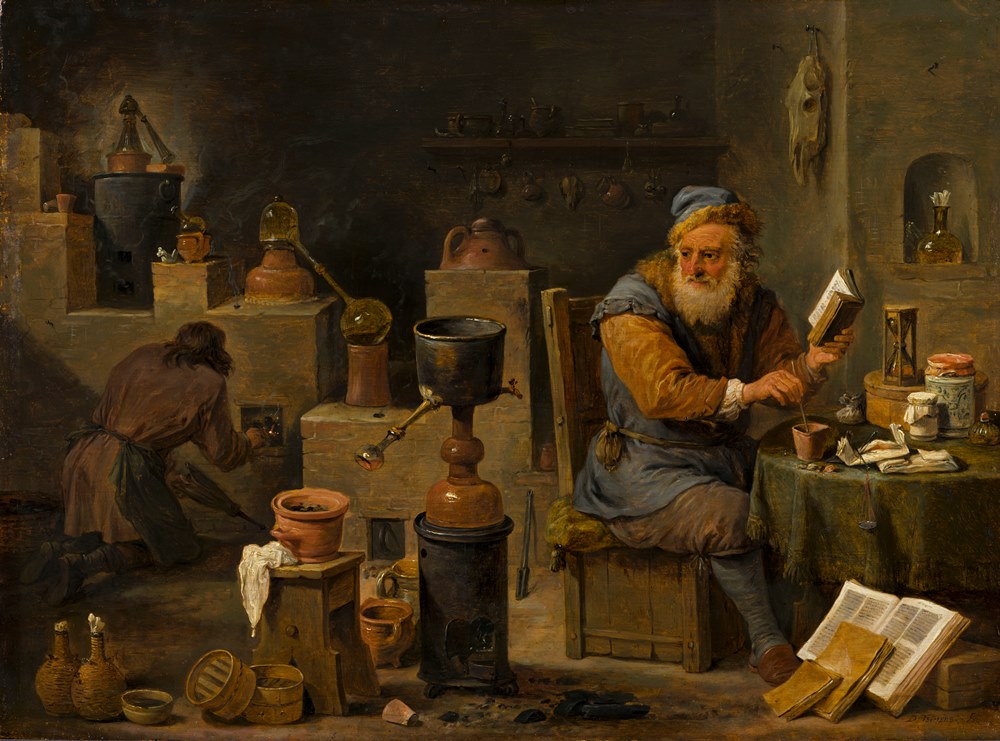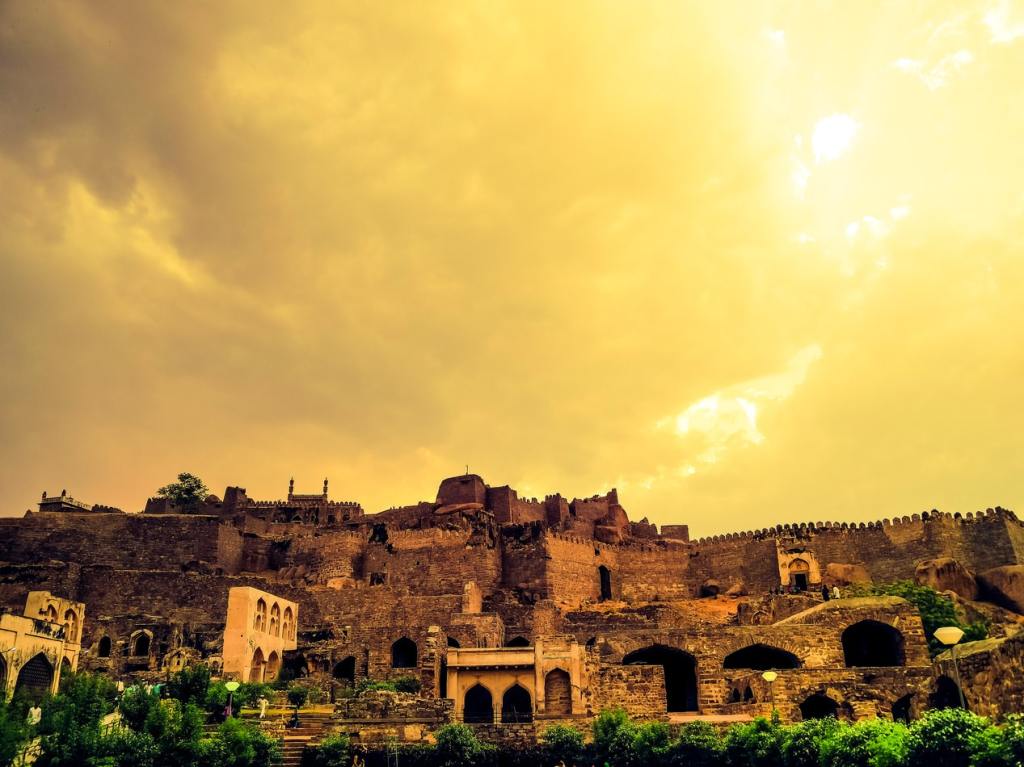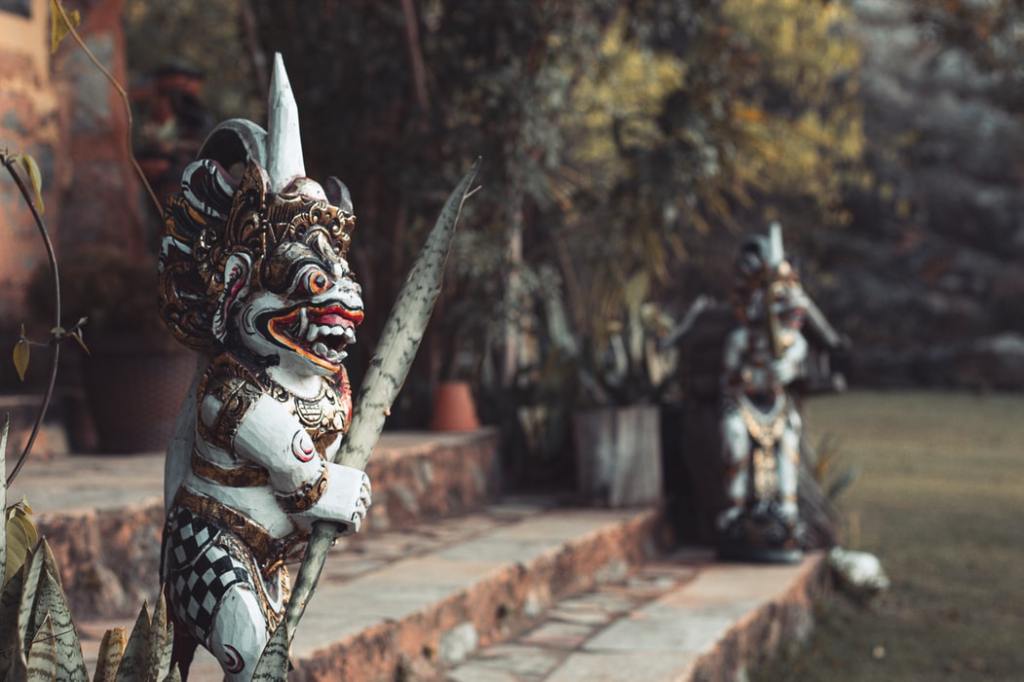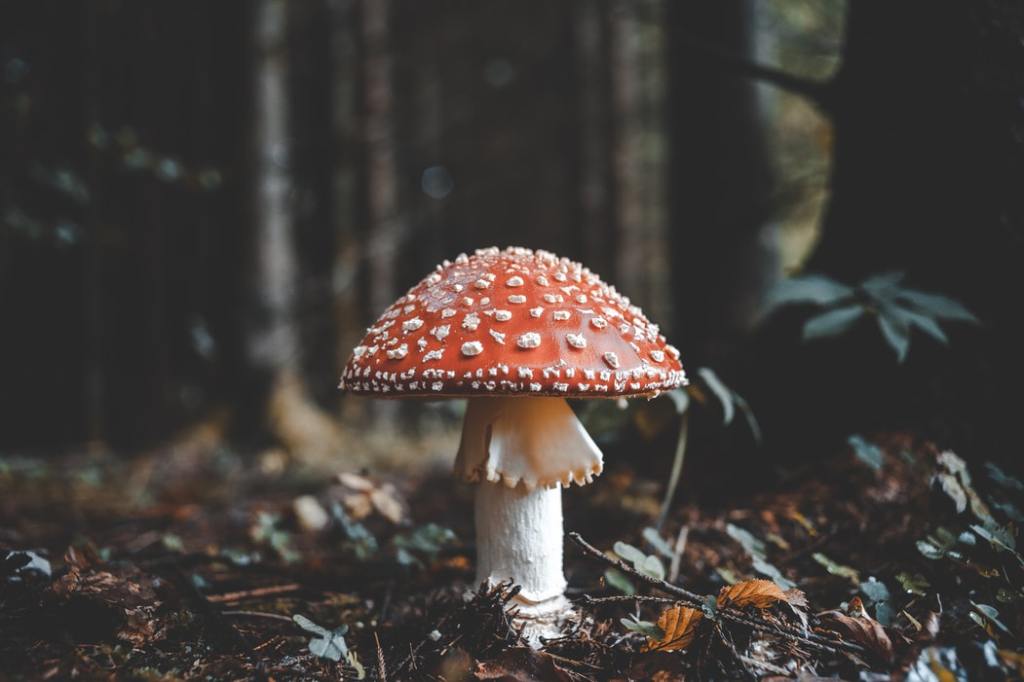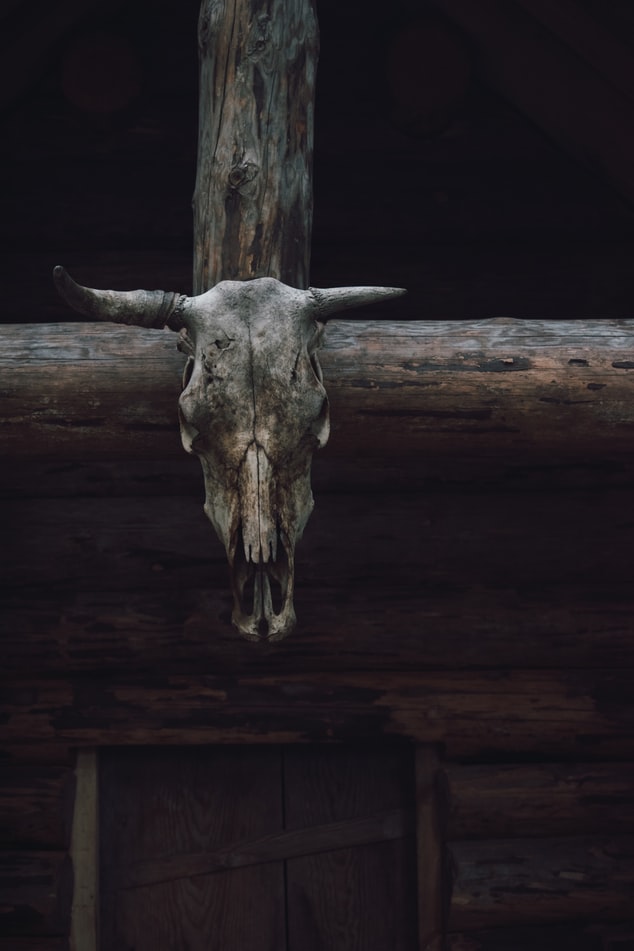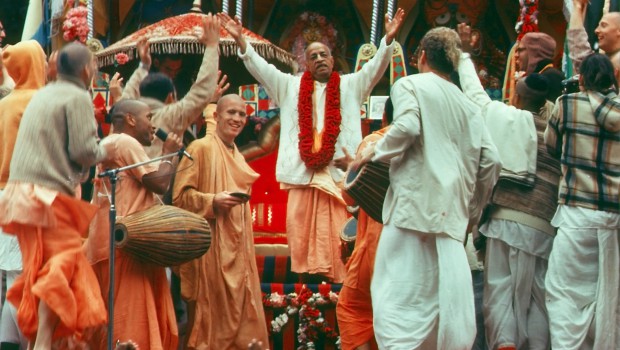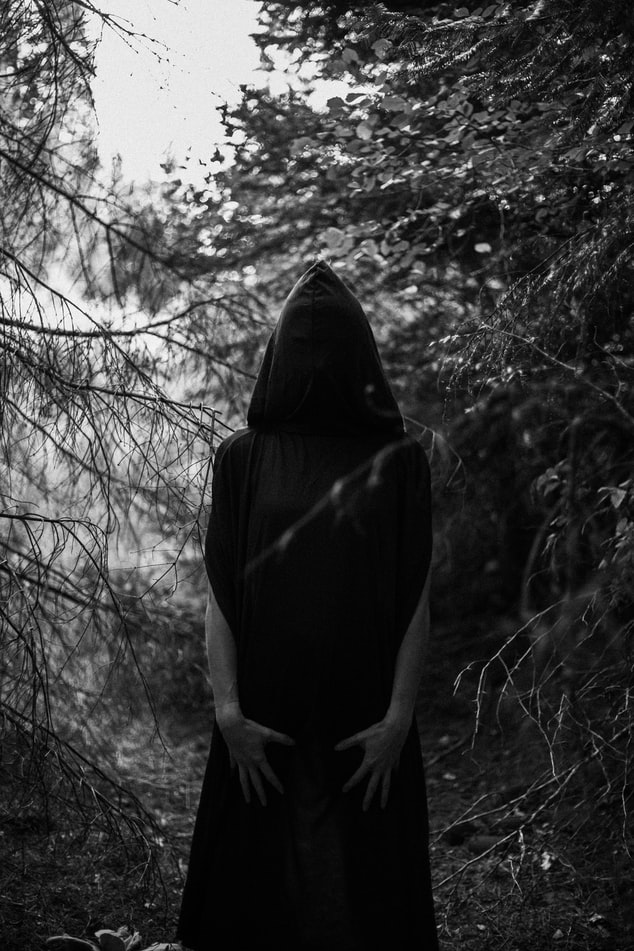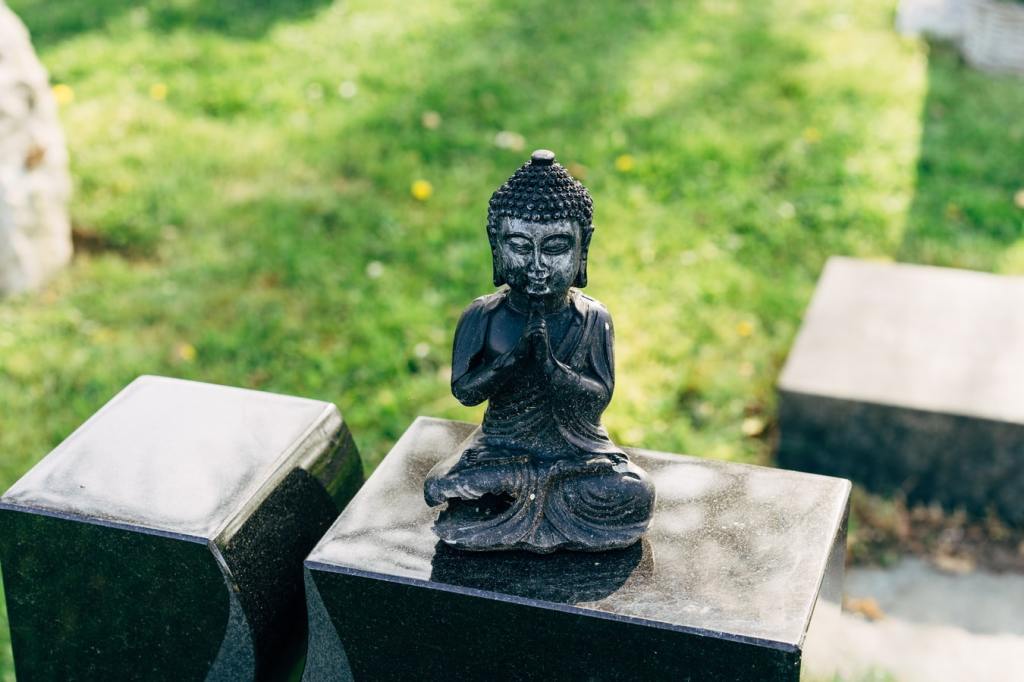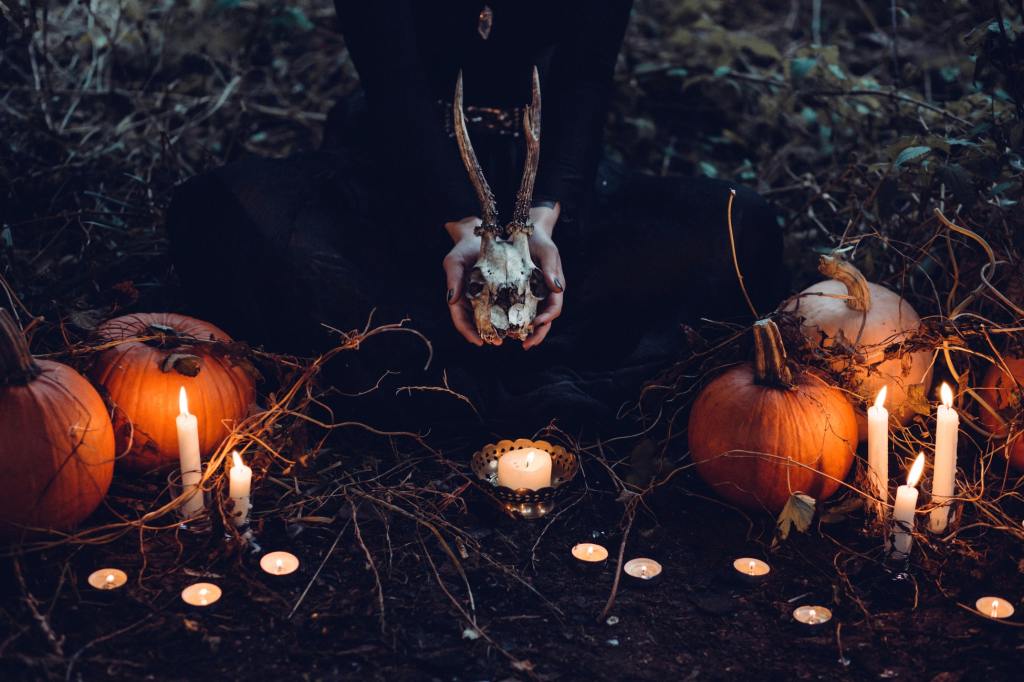Welcome back readers. It has been a while. A lot has happened to me since the last post on Between the Pillars.
First off, I just want to say that the prices of the magickal services have gone up. However, given that my prices are still very low compared to many others, I don’t think it should bother anyone.
Today, I want to write about something we haven’t touched upon yet: the 10 fold grade system of the Hermetic tradition. It is not the only grade system in the occult, nor is it only used in the Hermetic tradition. It has predecessors, as well as successors.
But that doesn’t matter. It’s a system that works, and quite well at that.
I have always insisted that Magick comprises the traditions from every corner of the world, and from every time period. To study only one system is like having only a few of the pieces of a puzzle, and trying to form a whole picture. In the 21st century, why handicap ourselves like that? So, my focus will not just be on Hermeticism or Western Ceremonial magick, but on mysticism and magick in general. But first, some background.
The Spiritual Ascent
What is the Tree of Life? Well, I have a whole book on that, but in summary:
The Tree of Life is a diagram whose modern form originated in the mystical western tradition called Kabbalah. It is based on the visions of ancient Hebrew seers, as they were led to the Throne of God by the Archangel Metatron. It describes the process of creation, wherein the the Divine Monad manifests itself through Ten distinct ’emanations’, called the Sephiroth. It has it’s origins in the ancient cultures of North Africa, the Middle East and Southern Europe, and is similar to the Nordic Yggdrasil or the Hindu Sri-Yantra.
The first emanation is called the Crown (Kether), and the energy from it passes through another eight Sephiroth, until it finally settles down in the Kingdom (Malkuth), which is identified with the material world. It shows the process by which the Universe, and the Individual, and all other things are created and brought into the world. In simple words: it is an archetype.
The fundamental idea in Western magick is that a person seeking enlightenment, or spiritual ascension, or magical power, would ‘climb’ back up the Tree of Life, passing through all the Sephiroth, which are imagined as Gates, ruled by various astrological forces. The person would begin the journey in Malkuth, which is the world of waking consciousness, and slowly make their way to Kether, which is the Source. The Tree of Life is imagined as a ladder.
The most important milestone in this process is called Cross the Abyss, where the aspirant crosses the gap between the lower 7 Sephiroth, and the 3 Higher ones. This gap is called the Abyss (Tehom), and the illusionary Sephiroth there is called Knowledge (Da’at).
This journey, which is imagined as a straight and narrow path, is called Quetesh in Hebrew. It is imagined as the Bow, which shoots an arrow right down the Middle of the Tree of Life.

Another system of ascension is found in the Eastern world, with the system of Chakras and the Kundalini. The Chakras are Seven centres of power which lie along the spinal column of the Individual, and also along the Axis Mundi of the whole Cosmos. The first Chakra is called the Crown (Sahasrara: Thousand Petals), and the last one is called the Root chakra (Muladhara: Essence of the Root).
The Central Pillar is called the Lingam (the Spine/Phallus), and it is masculine and fixed. This masculine force is also at times called Purusha (the Man) or Yogi (Monk). The force which moves upward is called Shakti (Power), and it is feminine and moving. It is also called Devi (the Lady).
The idea is that the Chakras represent stages of consciousness, with Highest Chakra represents the Divine principle, while the lowest Chakra represents the waking reality. The spiritual aspirant moves their Consciousness up through their spinal column, through each Chakra, until it reaches the top.
That’s the gist of it. The journey of the aspirant is called the Sadhana in Sanskrit, and it is imagined as the straight and unwavering path traced by an arrow let loose from a bow. Those who have completed the Journey are called Siddhas, or the ‘righteous ones’
An important milestone on this journey is when the Consciousness reaches the Throat Chakra, at which point the Personal Shakti, called the Kundalini, rises from the base of the Spine and makes it’s way to the Top, which is at the nape of the neck. At this point, the individual begins to enter into a state of Spiritual Bliss called Sammadhi. This experience is identical to the Crossing of the Abyss of Kabbalah. A person begins to be freed form the world of Illusion (Maya) and can be called ‘enlightened’. Of course, the Kundalini shall rise further until it reaches the Crown, and can be projected even higher.
Combining the Chakras with the Tree of Life
It should be clear now that the Tree of Life and Chakra system are really talking about the same thing. The Western system, however, is more concerned with theory, and with mapping out the journey, and using it to understand the Universe. This is because Western magicians, due to heavy persecution in the middle ages, relied heavily on scripture and magickal texts to transmit their work. They had to disguise the Work as religious doctrine, and had to explain everything in great detail so that anyone reading it could follow the instructions and have all the requisite knowledge.
The Eastern system is much more practical. This is because such knowledge the source of power for the political and religious institutions in the East. There was never any real persecution, but it was closely guarded knowledge, passed down directly from master to student. It was rarely put into writing, nor was there much need to go into detail, because the Master (Guru) would be there with the student to guide them. In fact, merely being in the presence of a Master can cause the Kundalini to awaken. I can attest to this first hand. Thus, it was much more important to talk about the changes happening inside the body, and how to control the power, than try to create precise theories.
So in the West they ended up with a very well established theory, and in the East they developed a very effective practice. Both paths work, and it is worthwhile to combine them. As you know, the 10 Sephiroth of the Tree of Life are divided in such a way that they form Seven ‘layers’. These are identical to the Chakra centres. This means that many of the Chakras correspond to two sephiroth, not just one.
The following is the correct way to interpolate the Ten Sephiroth with the Seven Chakras:
1. Kether (Crown) – Sahasrara (Crown Chakra)
2. Chokmah (Wisdom) and Binah (Understanding) – Ajna (Third Eye Chakra)
3. Da’at (Knowledge) – Visuddha (Throat Chakra)
4. Chesed (Mercy) and Geburah (Power) – Anahata (Heart Chakra)
5. Tifaret (Harmony) – Manipura (Solar Plexus Chakra)
6. Netzach (Victory) and Hod (Glory) – Svadhisthana (Sacral Chakra)
7. Yesod (Foundation) – Muladhara (Root Chakra)

Malkuth (Kingdom) is not part of the seven places, fallen as it is from the place of Da’at. Thus, it can be identified with the dormant ‘Shakti’ of Goddess Power which rests at the base of the spine. Thus, malkuth is rightly called ‘Malkah’, or bride, just as Shakti is the bride of Purusha, or ‘The Man’.
The Ten Fold Grade System
Now we get to the actual Grade system of the Hermetic tradition.
There are ten grades, all arranged along the Tree of Life, along with two intermediary grades. It shows the entire process of spiritual evolution. Understand that, the path is the same, only with different ways of representing it. This is the Hermetic way of seeing it, but in essence this journey is found in all cultures of the world, in different ways.
As you move from one grade to another, so does your consciousness. This does have a biological component, and if you quiet your mind and focus on your bodily sensations, you can actually feel how far up the spinal chord the energy has risen.
The Grade system can be divided into three. The first four grades consist of the ‘outer’ order, and the work of the Outer Order involves working upon the lower self: purifying and mastering oneself and one’s own Being. Each of the four grades corresponds to four components of the lower self, and also to the four elements.
Zelator – Earth – Physical Body – Sensations and Habits
Theoricus – Air – Conscious Mind – Thoughts and Perception
Practicus – Water – Subconscious Mind – Emotions and Intellect
Philosophus – Fire – Will – Intuition and Willpower
The next three grades constitute the Inner Order. Those of these grades are considered ‘Adepts’, while those of the Outer Order are usually called ‘Initiates’. Of course, the word ‘Initiate’ can also just apply to everyone who has been initiated into the order, meaning anyone beyond the grade of Neophyte.
In the Inner Order, everyone is technically on equal standing. An Adept is someone who has learned to commune with their Higher Self, and thus cannot really be ‘told’ what to do. In reality, it is the Inner Order where ‘magick’ begins in any real sense. The Outer Order involves mostly study and spiritual practice, and its rituals and practices are designed to purify the student.
Only in the Inner Order does the Adept begin training to do actual magick. The work of the Adept, having communed with their Higher Self, is now to overcome the Shadow. In other words: illuminate the inner darkness.
The three grades here represent the sacred Masculine, Feminine and the Androgyne.
Adeptus Minor – Androgyne – Life
Adeptus Major – Feminine – Death
Adeptus Exemptus – Masculine – Rebirth
In theory, Adeptus Exemptus is the Highest grade that can be given to a person. The grades beyond the Abyss are called the Secret Order. ‘Secret’ because these grades cannot be conferred, only attained by oneself.
This is because only a student, themselves, can Cross the Abyss when the time is right. No amount of rituals, ceremonies or meditations can make it happen, nor can a Master else cause you to Cross the Abyss and enter Sammadhi. it is a lone Journey.
The three highest grades that make up this stage represent stages of liberation.
Magister Templi – Mother – Power
Magus – Father – Purity
Ipsissimus – Spirit – Love
Whenever talk of the grade system comes up, I see one very common question from beginners: is it possible to rise through the grades without having done any magickal or spiritual practice?
The reason is that people just starting magickal study or practice want to start at the grade of Adeptus Minor! No one wants to be a mere Neophyte, and spend years working towards Adepthood. And so, many newcomers are absolutely desperate to be told that they’re already an Adept, or that the grade can be attained without spiritual practice.
But can it? Well, yes. In fact, it is pretty much expected that if you’re drawn to magick in this lifetime, then your Soul has already done much of the Outer Work in previous incarnations. So then, why this whole routine of going through the outer grades?
Because, in truth, all people at all times, are at the Highest Grade. Everyone in the world is Enlightened…they just don’t know it yet.
This is why this Work is sometimes called ‘Self Realisation’ rather than Attainment. One is not attaining anything, but only remembering.
When one is young, there is at least some point where one is fully in touch with the Higher Self. But life happens, and we begin to deviate from the Great Work. The mind, body and spirit begin to be clouded or fall into decay.
And so, even if a person thinks they are an Adept, or are naturally gifted in magick, or very well read, it never hurts to start at the beginning. The Lower Self needs to be prepared and purified to commune with the Higher Self. This is why the lower grades are needed.
To attempt the work of Magick without first balancing and discipling oneself will be extremely detrimental, and this effect is often seen in religious fanatics or crazed cult leaders: people who have expereinced the energies invoked in the Inner Order, but are not balanced or mature enough to utilise these corectly.
Thus, shun not the Outer Order. It is the most exciting stage of this journey.
The Outer Order
We shall Discuss the probationary grade of Neophyte and the four outer grades of Zelator, Theoricus, Practicus and Philosophus.
Neophyte
The grade of neophyte is not a real grade. It is a probationary grade that typically lasts 6 months or so. Traditionally, it was designed to see if the student was fit to join an esoteric order, and to build up a basic foundation of both theory and practice. With self initiation, this grade is mainly for you to test, for yourself, if you can handle the path of magick.
The rituals of this grade consist of basic banishing and grounding rituals, along with an introduction to basic magickal theory and spiritual practices like meditation. It exposes a person to energies which will start to dramatically change their life and perspective, and it is expected that a lot of people will quit after this grade. And that is precisely the point.
Once the first grade has started, it is not possible to go back. The spiritual transformation shall then go through various stages, and the only respite is in the fifth grade of Adeptus Minor. In other words, Magickal initiation is not just something done overnight. It is a whole hearted commitment which will last years. The exact same commitment is asked for by Eastern practices like Yoga and the Tantra, contrary to the usual notion that Eastern paths are simpler or easier.
And the neophyte grade is like a free trial of what’s to come.
There is nothing wrong with not being ready. While the grade formally lasts 6-7 months, a person may practice the Neophyte material for years. Most magicians do just that, with daily banishing rituals, meditations and purification rites. Some people will spend their whole life simply purifying themselves and meditating, and getting comfortable with this knowledge.
There’s no rush whatsoever. Many who do take that first step onto the grade of Zelator have been prepared over lifetimes, and will be prepared still for lifetimes more.
Some authors make it seem like the neophyte grade is some test or gauntlet designed to separate the ‘worthy’ and ‘unworthy’.
But the fact is that each and every person in the world is worthy. It is only a matter of patience and practice. When one is ready, one will move on.
This grade typically consists of an initial exposure to magickal energy, and one might find that any serious imbalances in one’s life will disappear. In general, good health, vitality and a renewed sense of vigor should be expected by the end.
Zelator
The grade of Zelator, as the name suggests, is a time of Zeal and devotion. It is associated with the element of Earth, with the material body and the world of the senses.
The work of this grade represents perhaps the most important and long lasting stage of spiritual ascension: of mastering the body, and the world of waking consciousness. The rituals of this grade will often bring about shift in perspective and consciousness. The student may find themselves changing their lifestyle, cultivating better lifestyle habits pertaining to food, routine and physical fitness.
A great enthusiasm towards the diligent study and practice of magick may also come about. A person may begin to overcome social anxiety, develop greater work ethic, and see overall success in their studies and/or career. For those who are already well established in life, it can also lead to a lot of money and wealth coming in.
A lot of these things may seem very mundane to some readers. You may wonder what eating properly, sleeping on time and cleaning one’s room have to do with spiritual evolution. And my answer, dear readers, is that it has everything to do with it.
Only very late in my magickal practice did I realise the importance of physical fitness, displine, and cleanliness. Religions of the world have always emphasized these traits, and not without good reason. The spiritual energies that a magician invokes are very, very real. In the Inner Order grades, these energies have a very tangible manifestation, which can very quickly overwhelm and weak mind and body.
Without going too much into details: there have been many times where I was thankful for my physical strength and tolerance, and they were all that kept me from loosing consciousness or being unable to tolerate the very high vibration energies invoked during magick.
Cleanliness and ritual purity are also important, as they allow for an even flow of spiritual energies throughout one’s life. Such a system is found in China in the form of Feng Shui, where the arrangement of the house and placement of objects within it is said to affect how spiritual energies flow through it.
In a more mundane sense, one should also consider that the body is the Temple. The inner world is reflected in the outer world, and a strong body, clean and orderly surroundings and healthy lifestyle will also be reflected in the internal changes taking place.
It is often said that magicians focus too much on the inner world and neglect the outer, not realising that the two are one and the same. Inner transformation goes hand in hand with outer transformation. And finally, there is also the simple fact that magick should not be something that requires the sacrifice of ‘real’ life. It is not escapism.
After all, magick requires commitment, of time, energy and resources. Before such a commitment can be made, it is a good idea to put your life in order. It would be very difficult to go very far with magick if you’re are held back by, say, the lack of money, poor health or a loneliness.
Now, I should make it clear that this is an ongoing process. I’m not suggesting that a person’s material life must be perfect before starting magick. Rather, both go hand in hand. And the grade of Zelator is the time where you shake yourself out of the stupor that many people fall into. It is the simple acknowledgement that you will not use magick or spirituality to escape from the responsibilities of the ‘real’ world.
First we master the outer and material world, before we go to the spiritual planes. Contrary to common belief, magick does not involve shunning or rejecting the material world, which is after all a reflection of the higher worlds.
In this grade, the consciousness tends to be fixed in the outer body and outer world. The inner Shakti has not begun her ascent up the spine.
Theoricus
The grade of Theoricus is similar to Zelator, and revolves around magick Theory. It is associated with the Conscious Mind, with thoughts, and with perception. It is ruled by the element of Air.
Once the Zelator has put his daily affairs in order, they can start studying magickal theory. Just as the previous grade was about strengthening the body, this grade is about sharpening the mind. The rituals and practices of this grade bring about a strong intellectual tendency, and also a desire to learn about and understand the world around oneself. In pursuit of this, one may learn not just about magick, but about various other fields such as history, politics, science, artistry, linguistics etc.
In fact, knowing about the world and having many skills can be very helpful for a magician. Many magicians are known to be well read and proficient in various skills. But ultimately, the aim is not to learn a lot, but rather sharpen the mind. Unlike school, the student of magick is not learning a bunch of rote information, but rather engaging with the world and its people, history and cultures. The aim is not to learn some information, but learn how to think. For example, the study of politics and history is not about coming to believe in some ideology or memorizing a list of battles, but to familiarize the mind with the nuances and complexities of the society. The aim of learning a new language may not necessarily be to become a fluent speaker, but to see how different languages shape the mind different, and to expand one’s horizons.
A strong mind complements a strong body. This grade helps the student break free of dogmatic beliefs, to question the way things are, and to learn to reject beliefs and values that they have inherited.
For while the wisdom of the ages can have great value, it can also be a poison which blinds us from reality. It is good to expose oneself to new ways of thinking, and to start formulating one’s own beliefs and philosophy. It protects us from becoming reliant on someone else’s version of the truth, and especially from political, religious and cultural lies.
This is also the grade where one begins to experience the energies of planets along with the elements. The grade of Theoricus is ruled by the Moon, as it corresponds to the Lunar sphere on the Tree of Life. Additionally the energies of Saturn are also expereinced, because that is the complementary sphere. This kind of a complementary relationship exists for all grades.
The Moon, or Luna, affects the emotions and sense perception. Saturn affects the rational mind. Thus, this grade has a tendency to exaggerate those aspects. In fact, it is important not to get too caught up in trying to understand everything rationally or categorise everything perfectly.
The consciousness now resides in the Root chakra, which corresponds to the Lunar Sphere at the base of the spine. The consciousness, thus, is still fixed on the outer world, but on the more abstract, mental aspects rather than purely physical.
Practicus
By now you should have picked up a trend with the names. The grade of Practicus focuses, at last, on Practice. It is associated with the element of Water, with the Subconscious mind, and thus with, morals, values, emotions and desires. Whereas the grade of Theoricus focused more on the outward Conscious Mind, Practicus focuses on the deeper, subconscious mind. In this grade, the emotions are allowed to come forth from their usual suppressed state in most people.
One also begins to recognise the traits of the opposite gender within oneself. In fact, it is common for magicians in this grade to display such traits. Men may find themselves becoming more ‘feminine’ while women may become more ‘masculine’. This is because a magician must not have any complexes or reservations, such as imagining oneself as ‘manly’ or ‘womanly’. What exactly this means depends from person to person. The Anima/ Animus, which lies hidden in the subconscious, begins to show itself.
The first two grades, in my opinion, are almost intoxicating. While they are slow, they are also relatively easy. The rituals performed in these grades bring about a great transformation in the personal world, which is what most people are focused on. But Practicus is the first test of these apparent abilities. That is to say, the student may now be called upon to put his knowledge and strength into practice, and also the first time one faces real obstacles from the outer world, not just the abstract ones of the inner world.
To me, the grade of Practicus is a test, and I will not speak much about the trials of this grade because I don’t want to turn people away from magick. This is the grade where you must try to accomplish your goals and desires, and it should be evident that some of these will not come easily.
Most people have a vague idea of what they want in life. But rarely do people have the courage to pursue them. And this is because dreams and desires are often grand and untenable, and it is not easy to know how exactly they should be attained. So, people are content to simply do what they’re told, and wait until some imagined event will bring them these things. Think, for example, of people’s dream of winning the lottery, of finding the perfect job, of suddenly becoming famous etc.
Ultimately, most people just want to be happy and live in peace. All these grand desires are a means to that. The irony, of course, is that any person at any time can be content with their lot and find peace and happiness. In fact, it is the urgent pursuit of happiness that stops people from being happy.
So, people instead hold out hope for extraordinary fortune, living in the future rather than the present. Yet others give up hope entirely and become bitter, living in the glorious past when they still had their dreams, and once again ignoring the present.
But the magician who has crossed Theoricus may find that they suddenly have the courage to live in the present, and pursue exactly what they want. As I said, the changes of these grades are very powerful, and it becomes clear that nothing is actually beyond a person’s grasp.
But, the grade of Practicus is the grade of challenges and trials. These challenges and trials are important to purify and strengthen the individual. This is the a very important grade of spiritual ascension, where a person, for the first time, leaves their comfort zone completely in pursuit of their dreams. One should not underestimate a person who has set their life in order and learned about the world. The Practicus is already very far ahead of most people because of this.
For better or for worse, it is when a person stops living in their head, and starts living in reality. And some may find that reality, without comforting dogmas and illusions, appears unfair and unjust. Of course, even that is an illusion.
In this grade, the influence of Mercury, the ruler of the grade, is felt, as is the influence of the complimentary Jupiter. It is Mercury who is the initiator into magick and the mysteries, and the first step of that initiation is purification through pain. Mercury is also force that carries one’s ambitions aloft on his wings.
Jupiter is the teacher and mentor, and he helps the student retain hope and faith. It may be common for students to develop a ‘larger than life’ persona due to the influence of this planet, which may also mark them out as a target of scorn or resentment by those whose consciousness has not begun to develop.
Ultimately, both planets are associated with learning, and this is the grade of learning certain hard lessons and shattering illusions. Everything, good or bad, must be accepted as it is. Metaphorically, we may say that the waters of the subconscious begin to flood the conscious mind, dissolving boundaries and washing one clean.
Philosophus
Yes, this grade is now associated with Philosophy, with the Will and the Intuition. It corresponds to the element of Fire.
In my book, The Tree of Life: A Beginner’s Guide, I discuss the role of philosophy and it’s link to creativity at length, but here I will mention the importance of developing a personal philosophy.
Once the trials of the Practicus grade are overcome, the great realisation comes that many of one’s beliefs about the world are faulty, and often taken from somewhere else. For many magicians, it is the stage of awakening from the Ego, and realising that the contents of one’s mind are often not aligned with reality.
It is common for people to believe that the world is a certain way. People go their entire lives believing in absurd or false things, just because they sound rational or logical. Rarely, if ever, do people ever question or challenge their beliefs. And even when beliefs are questioned, they are often replaced with other, equally absurd beliefs.
it is only by repeatedly putting one’s beliefs into practice, as is done by the Practicus, that one realises what is real and what is imagined. It is almost like subjecting your beliefs to scientific scrutiny.
Every person has a inner value system, but people don’t normally try to live up to their own values. For example, a person who firmly believes that people should live freely in a primal state of existence, but works a standard corporate job in a big city. Such a person has never actually tried to live up to their own ideals, which is precisely why these ‘ideals’ exist. Trying to live up to such ideals may show they are at odds with the reality of the world and one’s present capabilities.
Some people, who’s ambitions are grounded, may actually end up getting exactly what they wanted, only to realise that it didn’t satisfy them. For example, someone who desperately wants to get into some prestigious college, only to find that they have no interest in their studies and aren’t suited to the competition. It would seem the person was more interested in imagining the scenario, but does not enjoy being in it.
Now that the Philosophus has tried to put their world view into practice, it is important to take a step back and consider one’s life and aspirations. There is no longer anyone to blame, no longer anything holding one back. Becoming freed from dogma and delusion, it is time to start developing a personal philosophy to live by, rather than live by the philosophies of others. It is time to no longer define oneself as belonging to some religion, creed or ideology, or subscribing to some belief system, or clinging to arbitrary labels or vague ambitions. A person must draw now upon their inner resources, and let their intuition guide them towards their purpose in life.
What makes you happy? What do you want from life? How would you like to spend each day of your life? Are you really an introvert/extrovert? Do you really want a lot of money? Can you really be self employed, or do you really believe in some chosen faith?
Discipline plays a role because, when your entire worldview is questioned, it may very well burn away. After all, this is the grade of Fire. And in times like this, it is of utmost importance to maintain some semblance of routine and structure, so you don’t slip into apathetic nihilism or become depressed. And even if you do, you still have to keep moving forward. Everything learned in the last three grades must keep you sane and alert.
The three great virtues of a magician are: Humility, Persistence and Determination. And the Philosophus must keep living their ordinary life, even as the world within is radically transformed. At the very least, all the basic day to day tasks needed for survival must be performed. You will find that the discipline and strength developed through this is invaluable. Very great is the one who can be comfortable with discomfort. Most people withdraw or flee at the hint of the slightest discomfort, but the magician must learn to endure and power through something as difficult as spiritual purification.
This grade is ruled by Venus, the great Goddess, and her counterpart Mars. Venus is the Goddess of Life and Fertility, but before one can feel her love, one must face her dark aspect: that of a life and universe that is seemingly unfair and unjust. Through patience and grace, the student will stand before the darkness and see it transformed into light, just as the cold harshness of winter leads to the fertility and joy of spring.
Mars, of course, is the one providing strength and courage throughout this grade, even as it awakens an inner fire within oneself. Not the explosive flame of ambition or zeal, but the steady flame of perseverance and discipline. Nothing happens overnight, and anything worth attaining takes honest work.
In the grades of Practicus and Philosophus, the consciousness resides in the Sacral Chakra, located around the abdomen. Sexual activity may be become much more increased or decreased than usual. These grades of purging see the consciousness around the digestive and excretory system.
A Short Allegory
The first two grades are those of preparation, and the second two are those of purification. It is actually an alchemical process. It is important, at this point, for me to describe the alchemical process, which is meant to reflect this process of Initiation.
Alchemy is the spiritual science of taking the fabled First Matter (Prima Materia), and subjecting it to a process of purification and exaltation, resulting in the legendary Philosopher’s Stone (Lapis Philosphorum). The Stone, also called the Red Stone, is said to be able to transform base metals into gold, as well as confer eternal life. I’m sure many readers already know the tale. At the very least, you’ve watched this referenced in the first Harry Potter film.
Here, the student themselves is the Prima Materia being perfected.
In alchemical texts, it is said that the Prima Materia must be first separated into it’s three components: Mercury, Sulfur and Salt. Each is then purified and recombined. These should be understood as alchemical principles, and not to be confused with the mundane elements of the same name. Meaning, here Mercury does not refer to quick silver, nor does Salt refer to sodium chloride.
In the Hindu and Buddhist traditions, the metaphor is dropped and these three principles are actually referenced directly as as the three Gunas (traits), present in all things. These are Satvva (positive), Rajas (neutral) and Tamas (negative). But here I will describe the process most commonly found in European texts, as these are the most methodical.
First, one must gather the Prima Materia and ferment it for a long period of time, allowing it to mature and and ‘ripen’ in the heat of the sun. This is the grade of Zelator, where the student prepares themselves for initiation by setting their life in order, and ‘ripening’ the physical body through a healthy lifestyle, and mastering the outward senses. Much like fermentation, this grade is simply a matter of time and patience.
Now, the Prima Materia is heated over a gentle fire for a long time, which causes the alchemical Mercury to distill over. This Mercury may be further distilled and purified. This refers to the grade of Theoricus, where the rational Mind (often symbolised by Mercury) is isolated, and then sharpened through study and intellectual engagement.
Next, the flask is heated over a more intense fire, which gets hotter and hotter, until the alchemical Sulfur distills over. This process is volatile and difficult, and what is left behind is the alchemical Salt, which is black and ashy. This refers to the intense grade of Practicus, where the student is tried and tested, and their stubborn illusions are ripped from them. The emotions, volatile and dangerous, separate out and show themselves, like the Sulfur. It is worth noting that the Eastern counterpart, which is rajas, literally means ‘passions’. The student may be left feeling tired, empty or hollow, like the black Salt left behind. This salt in it’s black state is seen as ‘dead’, and called as the dead head (caput mortem)
Now, the black Salt is heated over a gradually increasing fire, until is begins to incinerate, turning from black to gray and finally to white. To witness this mythical process is itself a spiritual experience, and it refers to the grade of Philosophus, where the Fire or Will slowly increases in intensity, purging the tired initiate, and purifying them, bringing forth a sort of ‘rebirth’ or ‘reawakening’, like the black salt turning to a pristine white.
Now, the Mercury Sulfur and Salt have been separated and purified. They are slowly recombined in a hermetically sealed flask (yes, the word ‘hermetically sealed’ comes from Hermeticism).
Portal
The grade of Portal is another probationary grade, and refers to the time between the Outer and Inner order. It is symbolic of the alchemical process where the three principles are hermetically sealed and recombined.
Here the Divine alchemist, which is the Higher Self of the Initiate, the Spirit, recombines the separated parts of the Prima Materia, which is the Lower Self of Initiate.
The grade of Portal is a period of 9 months where the initiate must withdraw from the outer world as much as possible, and spend time in contemplation and prayer. This is the transition from an Initiate to an Adept.
The primary work in this stage is to think over the journey so far, and prepare for communion with the Higher Self, which is also called the Holy Guardian Angel. This communion can be thought of as the religious experience, which Christians call Grace.
In the East, this same process is replicated when Yogis go into what is called ‘Tapasya’, which is a prolonged period of silent meditation. Hindus and Buddhists call the communion of the religious experience as ‘Darshan’, literally meaning ‘to see’. The Higher Self is called ‘Atman’, or Spirit, while the lower self is called ‘Jiva’, or ‘living being’.
The motif of this grade can be thought of as a wandering, or a self imposed exile, and such a thing is found in various mythologies. During this period, a dramatic shift in consciousness takes place as many redundant aspects of oneself are burned away.
In this stage, the ‘Body of Light’ is firmly established within oneself, and the Sphere of Sensation, often called the Aura, expands from an thin shell just over the skin, to a spherical ball of magnetic energy: a cosmic Egg. The hermetically sealed flask used by alchemists in this stage was often made in the form of a glass Egg, to represent this very Cosmic Egg. The alchemists knew that, as they were making the Red Stone, their own being was being transformed.
We are bringing about the same transformation not through chemical processes, but through rituals, meditation, chanting, study and practical action.
By and large, this stage is one of patience and faith. It is a time of preparation and rebirth, before one ventures out again as an Adept.
I will end this post here, and continue talking about the grades in Part Two. If you wish to learn more about magick, consider checking out my books. Subscribe to me on Patreon to learn about using magick to improve daily life, to gain spiritual insight through tarot, to invoke the great Angels who rule the heavens or conjure the mighty daemons who rule the material universe.
Peace and farewell.
~White Raven










